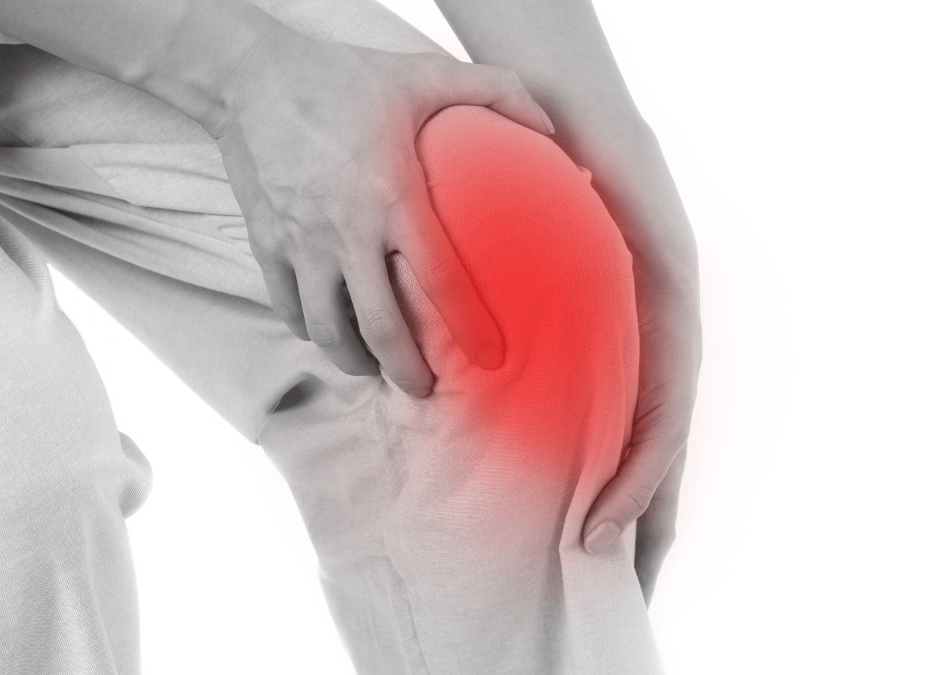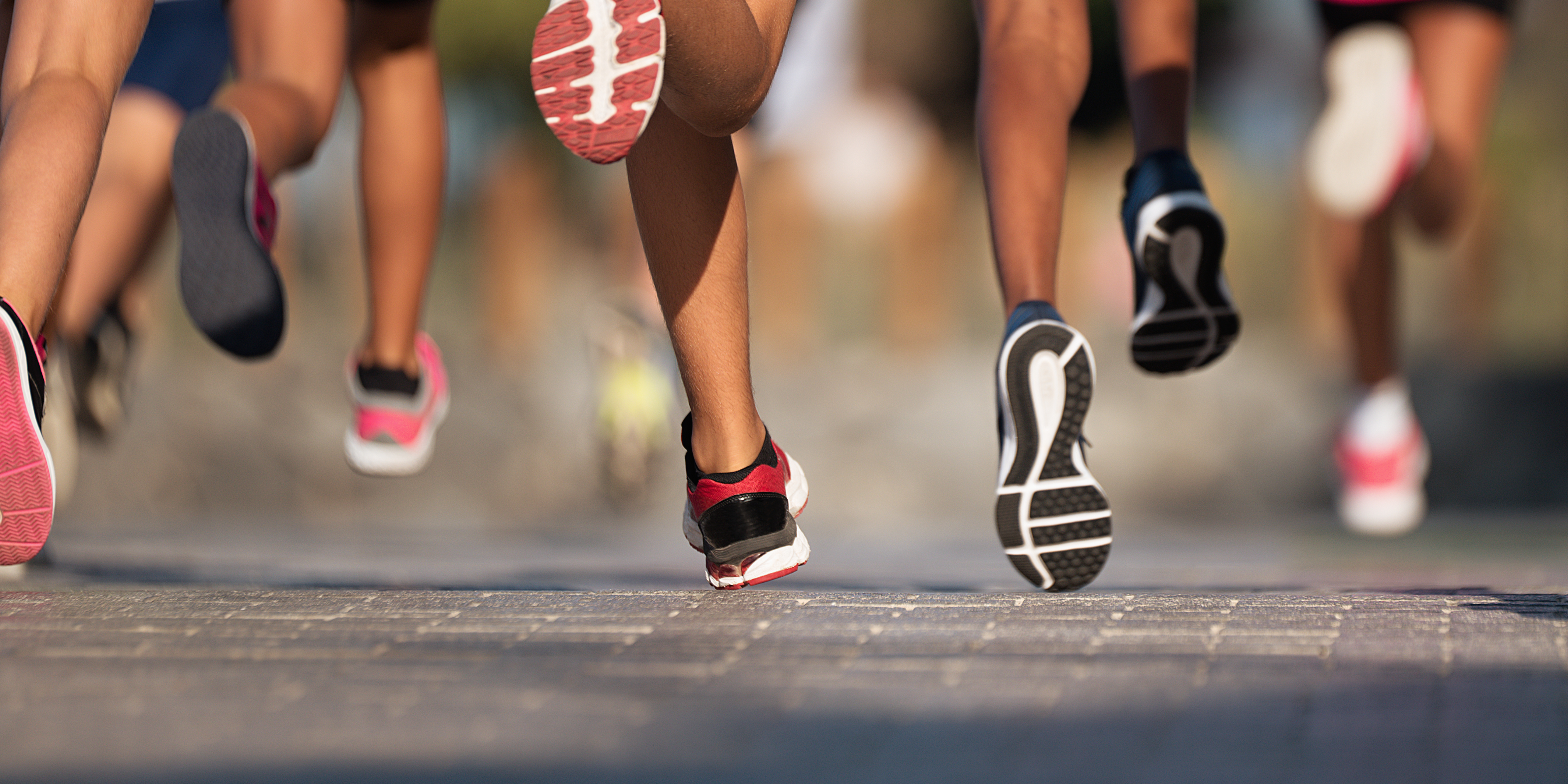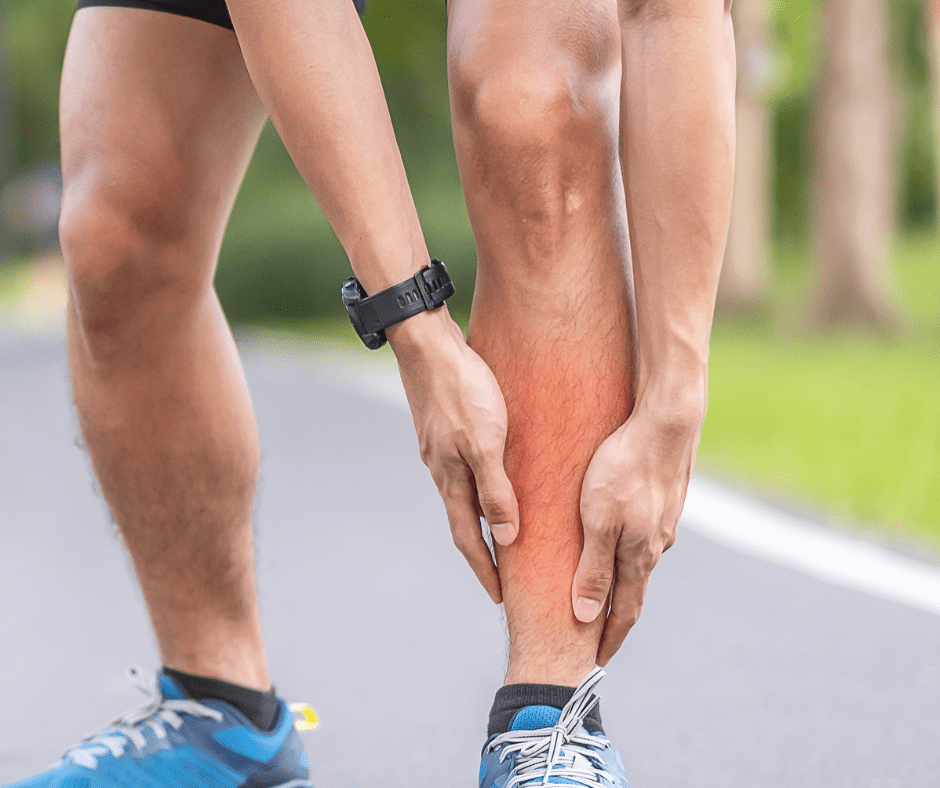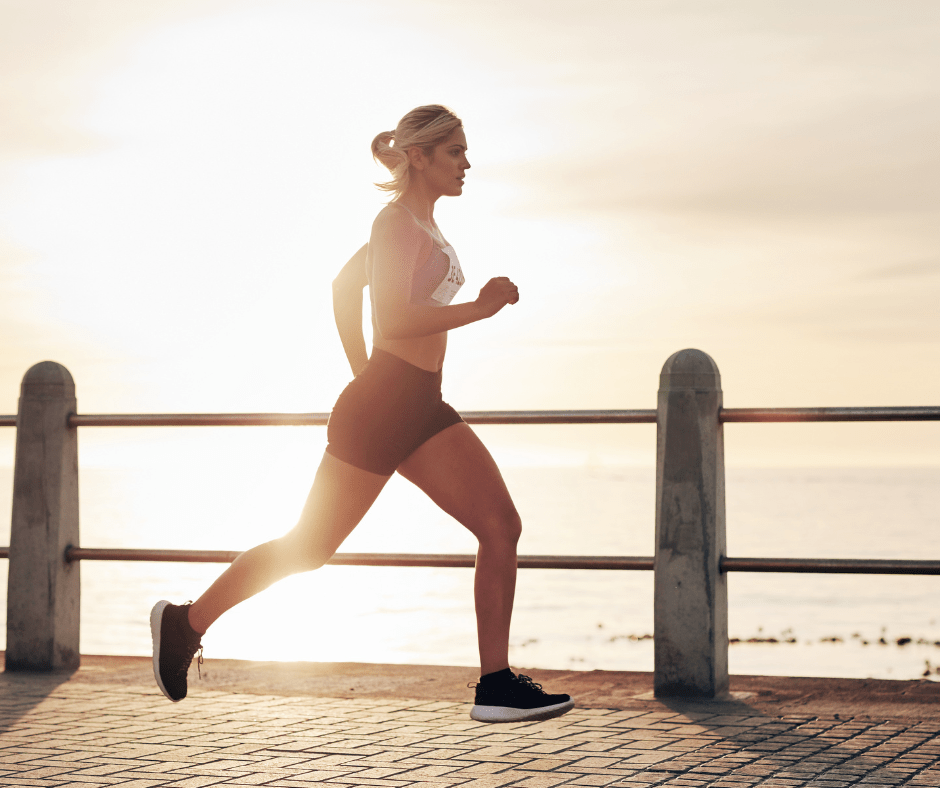What is knee arthritis?
Arthritis is a painful condition that affects many joints in the body. The knee joint is the most affected joint impacting 25% of people aged over 50 years old. It is typically felt as pain and stiffness in the knee, especially first thing in the morning taking 20 to 30 minutes to loosen up. There is also pain on activity such as squatting, walking or climbing stairs and this is sometimes accompanied by joint swelling. Knee arthritis is commonly diagnosed by recognising the symptoms that people suffer from and with an x-ray of the knee. This will often show wear on the cartilage on the ends of the bone, narrowing of the joint space between the bones and sometimes a build-up of bone around the edge of the joint called osteophytes. People who suffer from arthritis also complain that their joint feels stiffer when it is cold and damp. We are not quite sure why this happens, but it may be something to do with atmospheric pressure increasing the pressure within the knee joint thus increasing knee pain.
What can cause knee osteoarthritis?
Osteoarthritis in the knee is believed to be caused by general wear and tear through one’s life, leading to a thinning of the cartilage and joint swelling. This holds true however, there are other factors that influence knee arthritis. We know that people who are particularly overweight may suffer more from knee arthritis, this is not simply due to more weight being put through the knee, but we also know that the more body fat you hold the more inflamed your body will be. Body fat is not just a reservoir of energy that sits on your love handles as a reserve for when you decide to take up exercise, it is a metabolic tissue. The more body fat you have the more inflammatory chemicals you release into your bloodstream. These inflammatory chemicals can also start to damage the cartilage inside your joints.
The most important treatment strategy for osteoarthritis of the knee is exercise. It is important to stay active and keep the knee mobile and strong. Taking up non-impact load sports such as swimming and cycling can help to maintain the health and function of the knee. Running might be a stretch too far, but rowing and cross trainer can also be useful. Next you need to think about strengthening your knee muscles such as your quadriceps, hamstring and calf. Keeping these muscles nice and strong helps to dissipate the load that will go through your knee joint.
If the knee is particularly painful then using over-the-counter medicine such as paracetamol and anti-inflammatories can be quite useful to manage any discomfort and swelling. We also know that steroid injections into the knee do provide short-term relief from pain however, we are starting to understand now that repeated steroid injections into the same joint may lead to an increase in the cartilage damage.
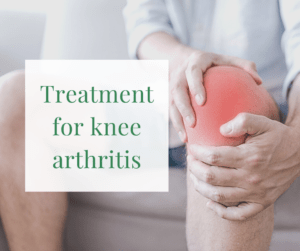
Treatment for knee arthritis
There are now other ultrasound guided injections for knee arthritis that are getting widely use. The first one is hyaluronic acid, brand names include Ostenil or Duralane. Hyaluronic acid as a thick viscose substance that is naturally produced in your body and it’s found in your skin and in your joints. This is a very hydrophilic substance that helps to retain water and it is also believed to have an anti-inflammatory effect inside the knee joint. People that have hyaluronic acid injections can experience 6 to 12 months of improved pain and function. It’s not uncommon to have an injection that combines both a short acting steroid and hyaluronic acid such as Cingal.
Injections for for knee arthritis
Another treatment that is becoming more popular is PRP injections. This is where some blood is taken from your arm and spun in a centrifuge separating the plasma from the red blood cells. The plasma which contains platelets is then injected back into the knee joint. The platelets become activated and then have a powerful anti-inflammatory effect within the knee joint. Research has shown that PRP injections are better than hyaluronic acid injections for improving pain and function and do not have the longer-term drawbacks of using steroid injections.
More recently research has shown that combining PRP and hyaluronic acid has the best clinical outcomes in terms of reducing pain and improving function with patients getting one year or more of relief from mild to moderate osteoarthritis in the knee. If you are suffering from osteoarthritis of the knee and are looking for a solution to manage your pain and prevent this getting worse, please contact us and discuss your treatment options.
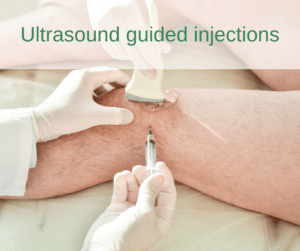
Ultrasound guided steroid injections into the knee joint are also very useful for settling pain and inflammation and can be combined with hyaluronic acid.

